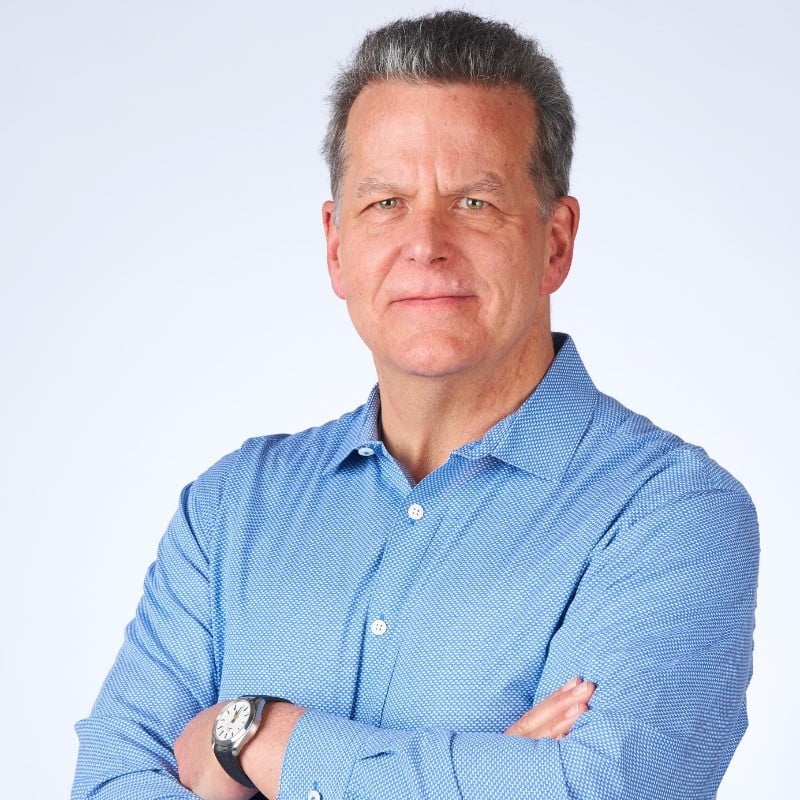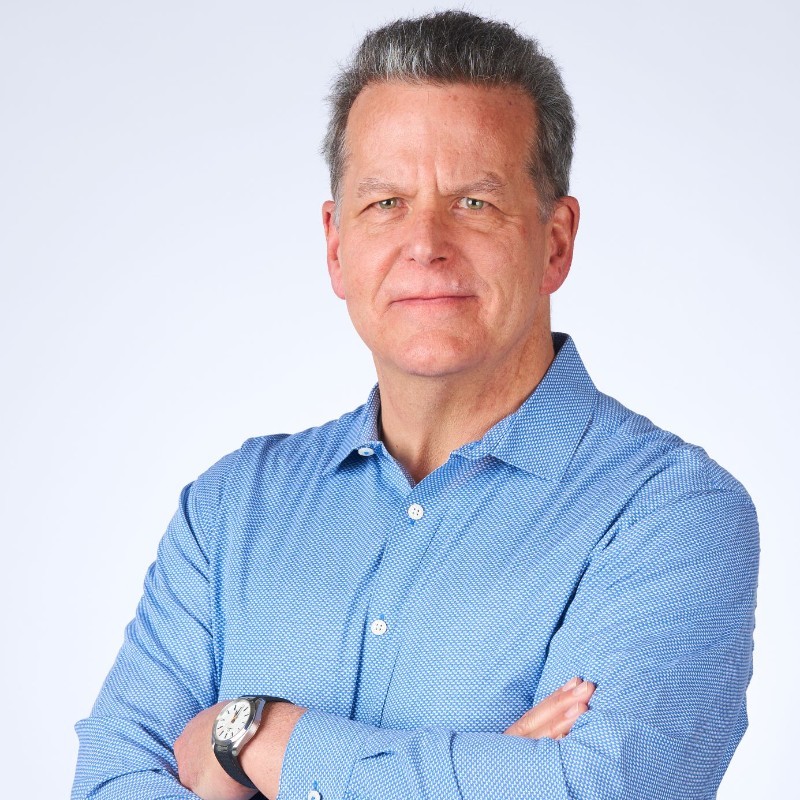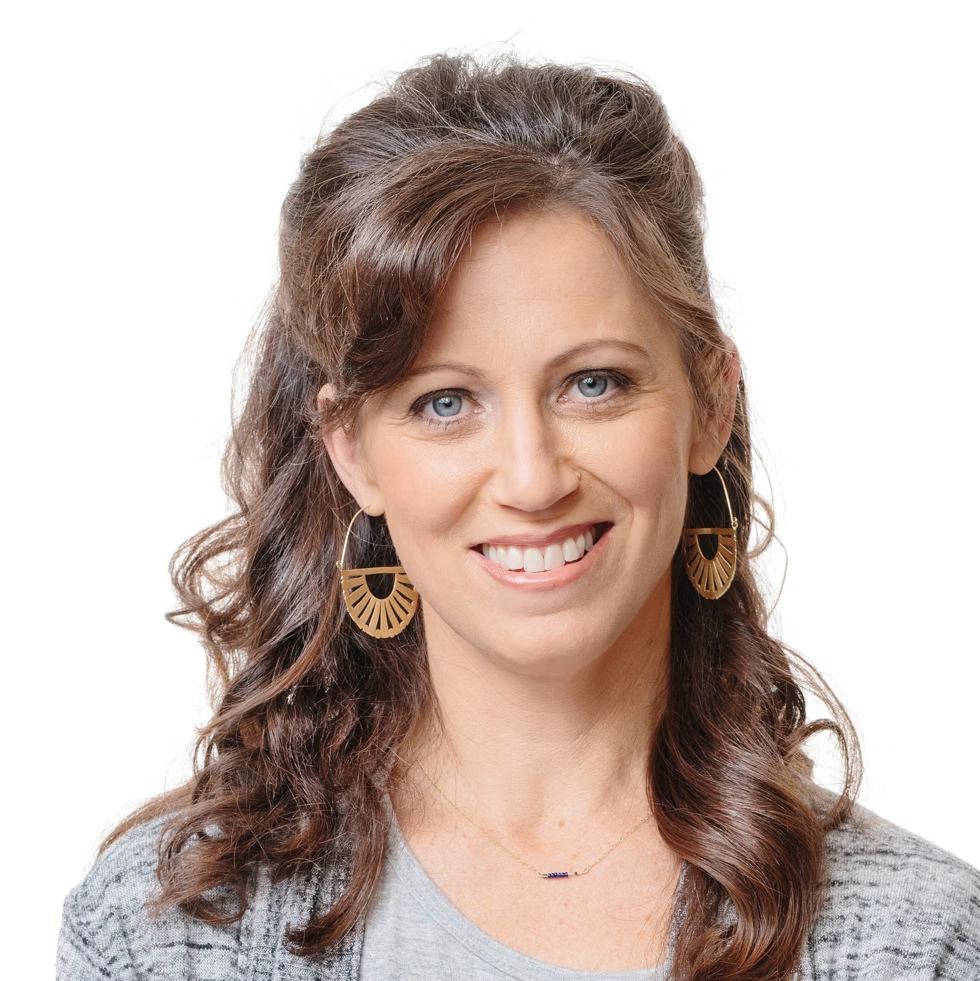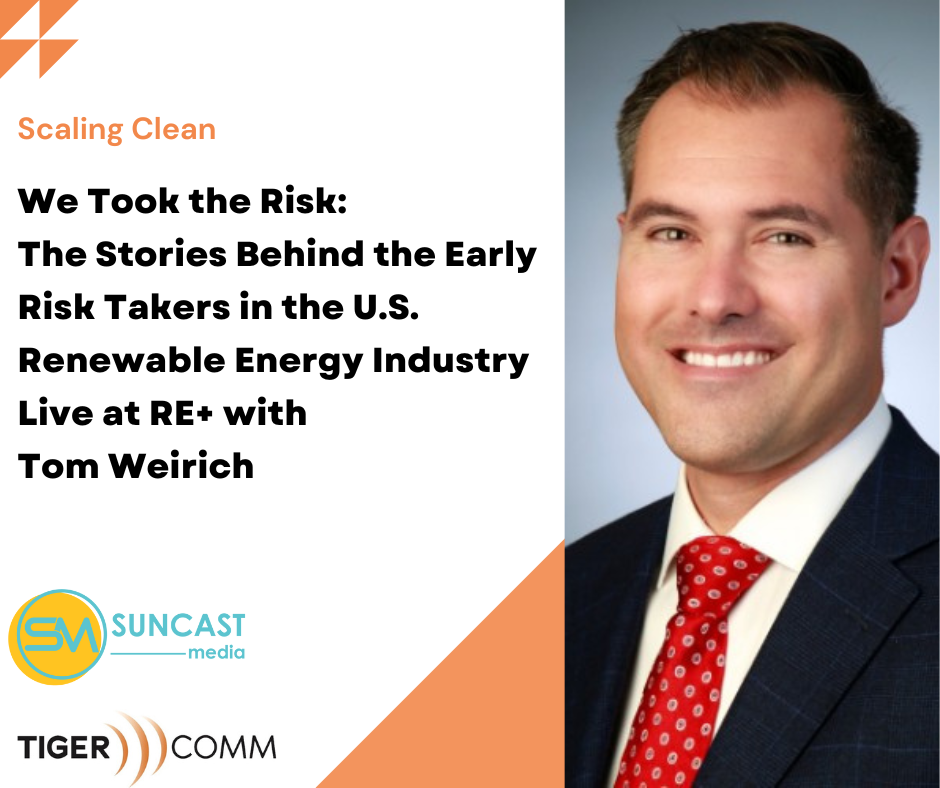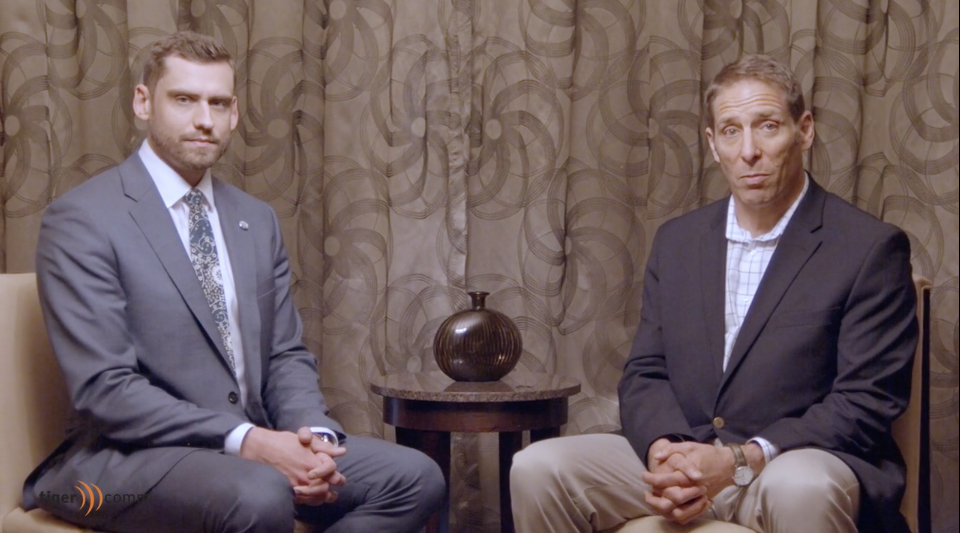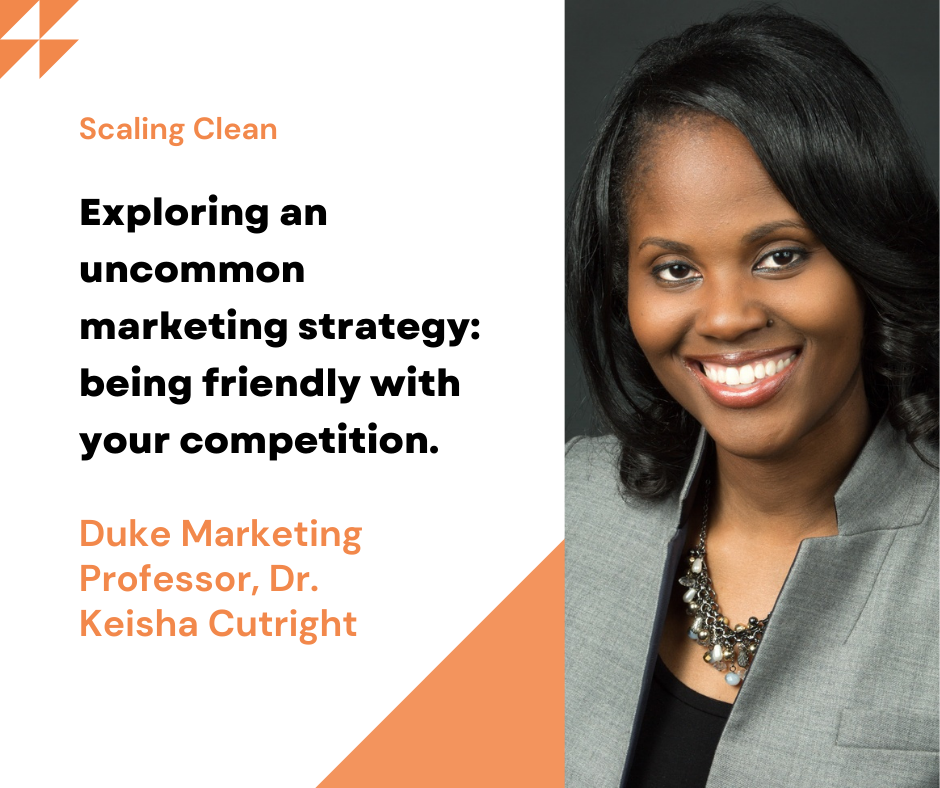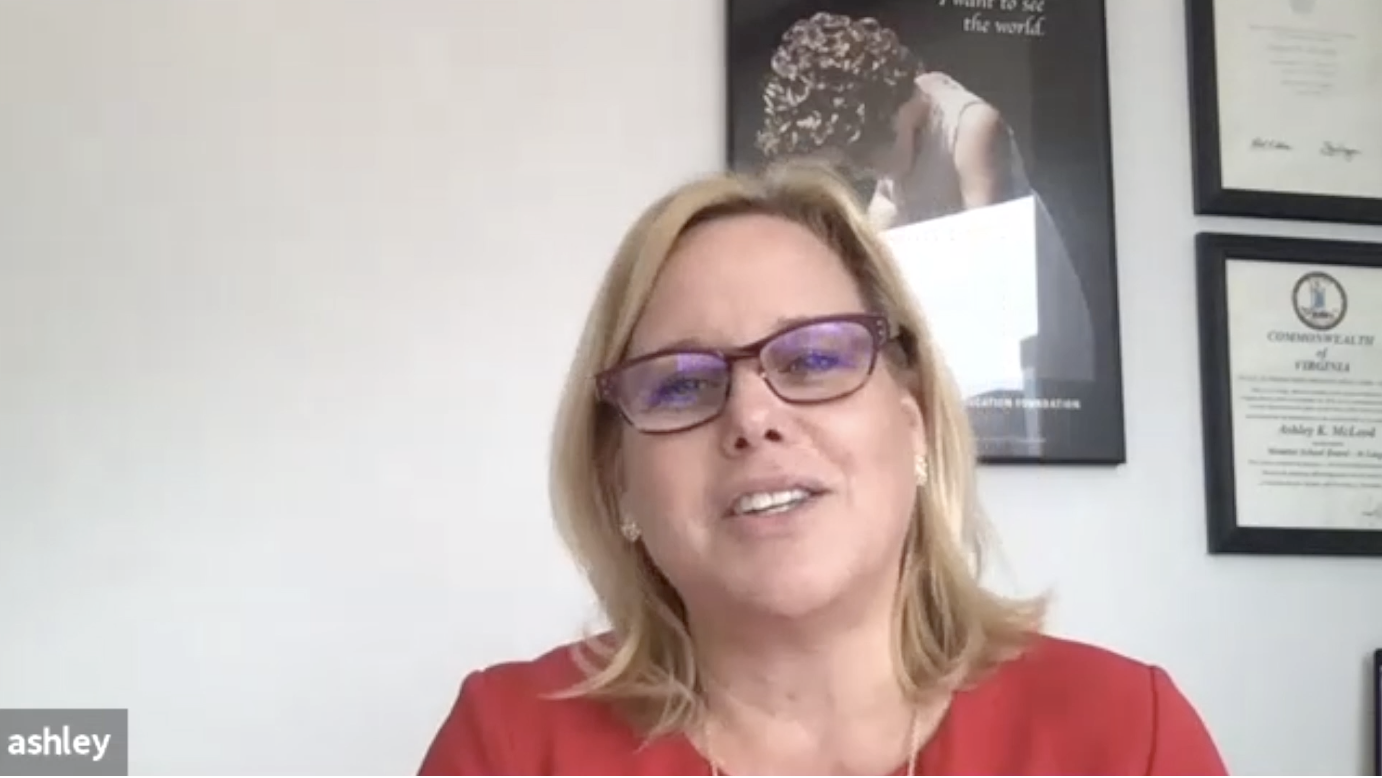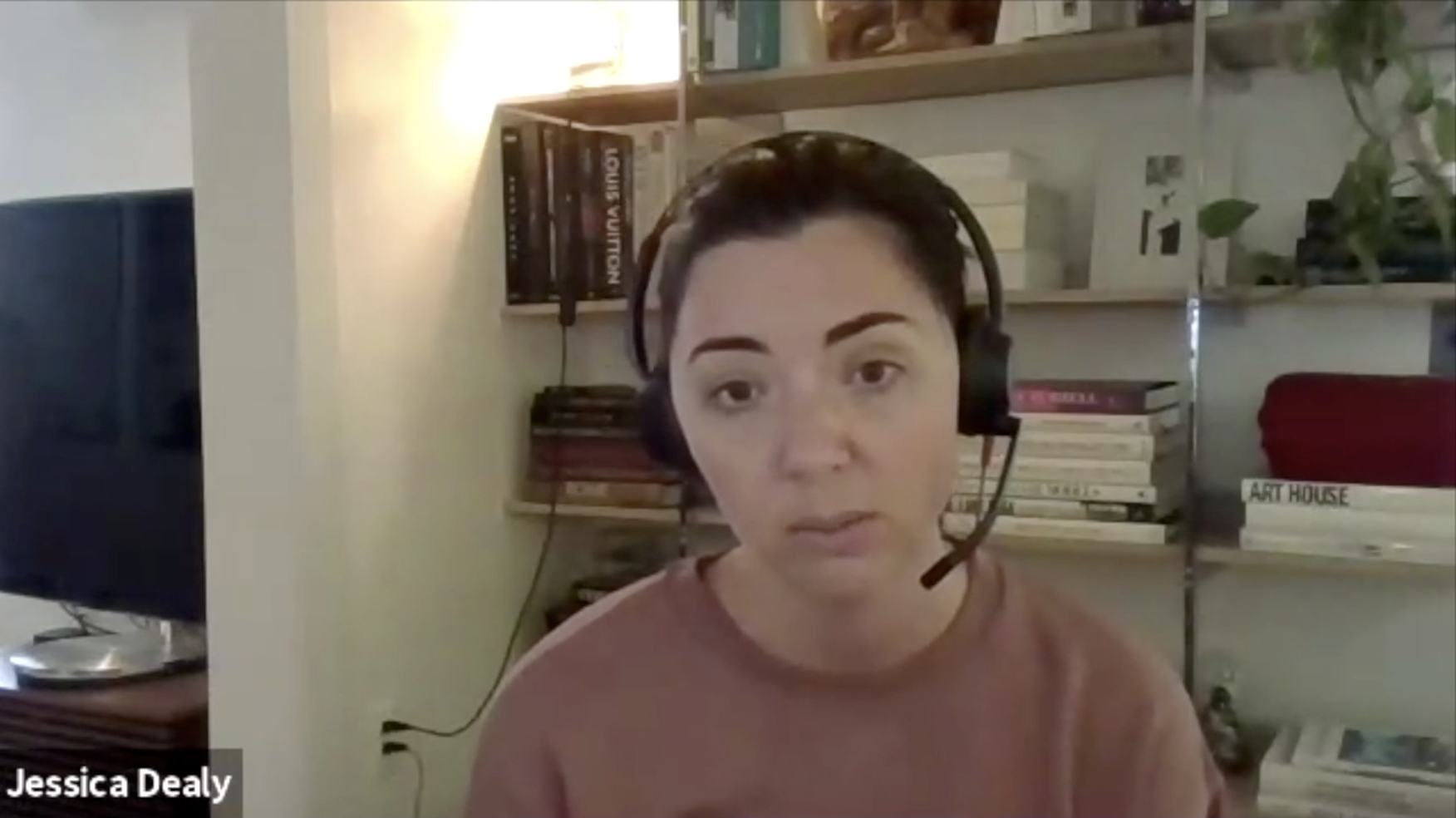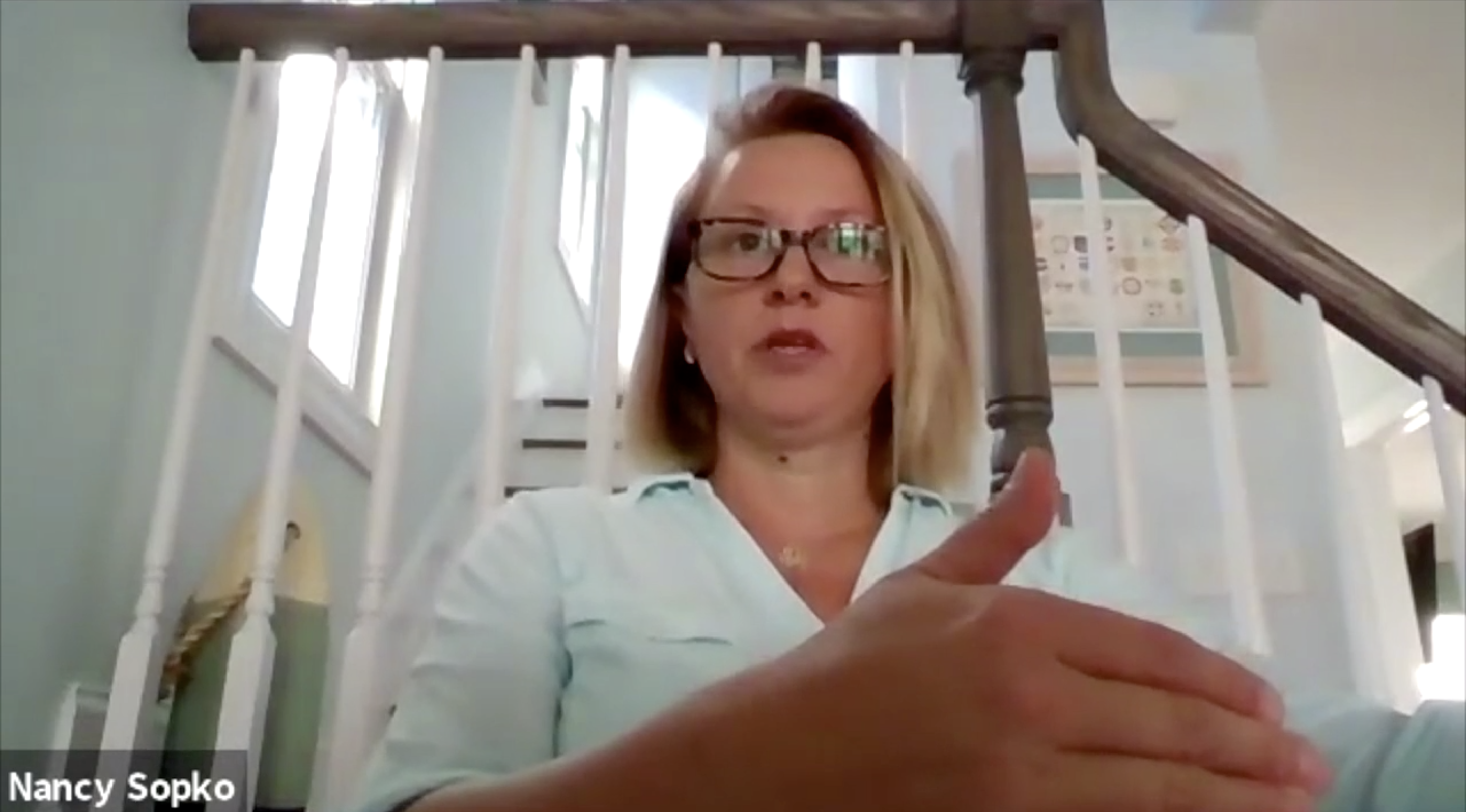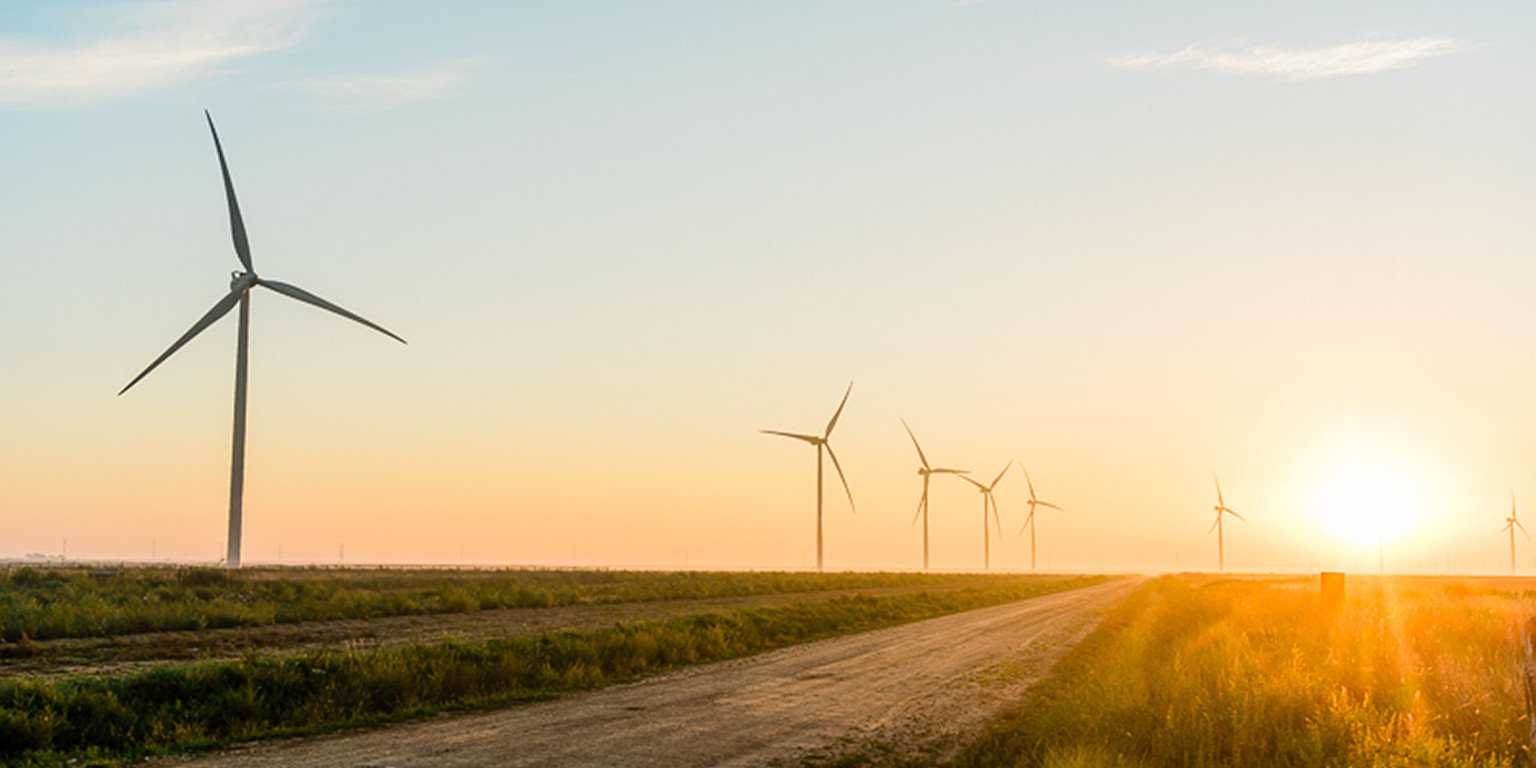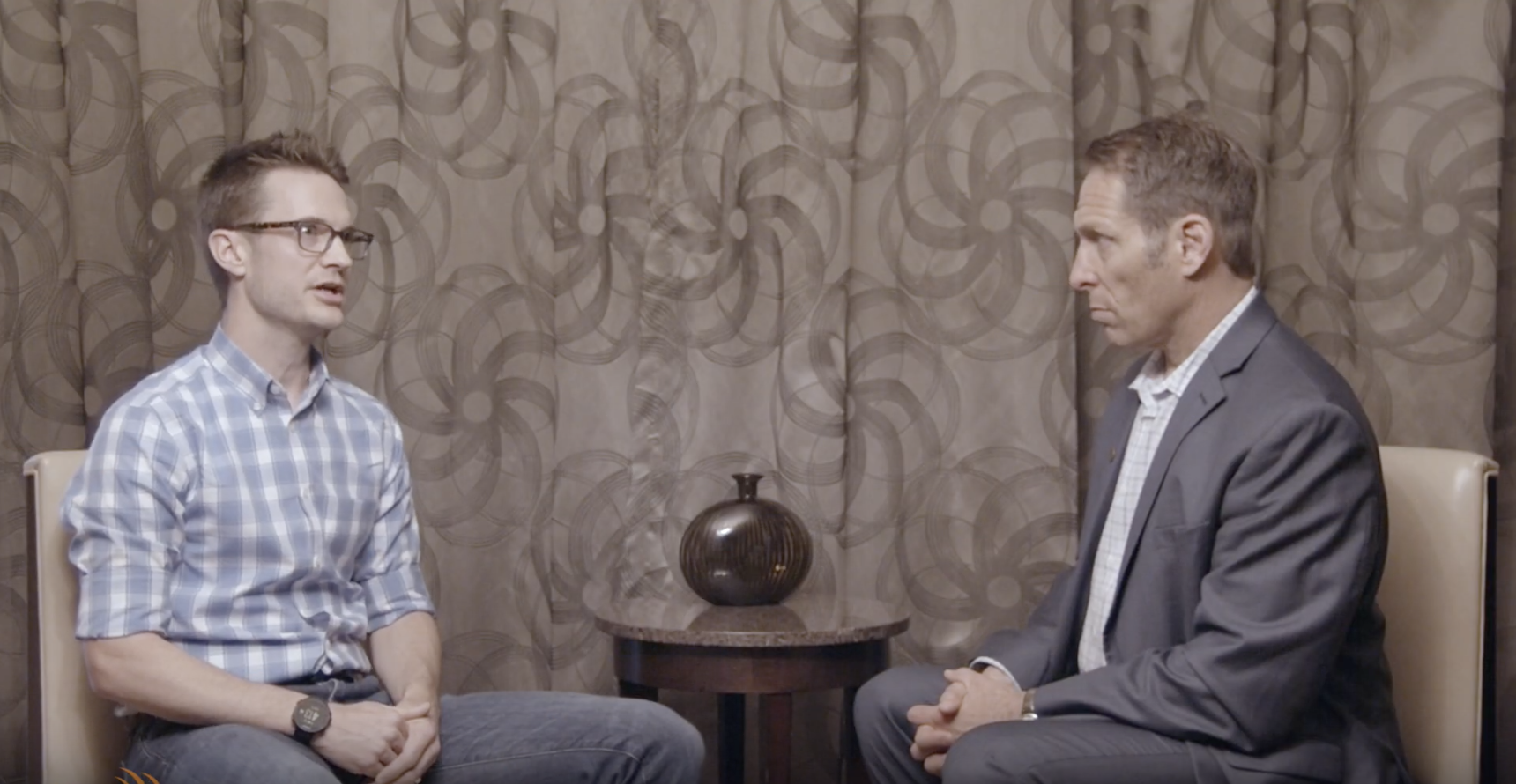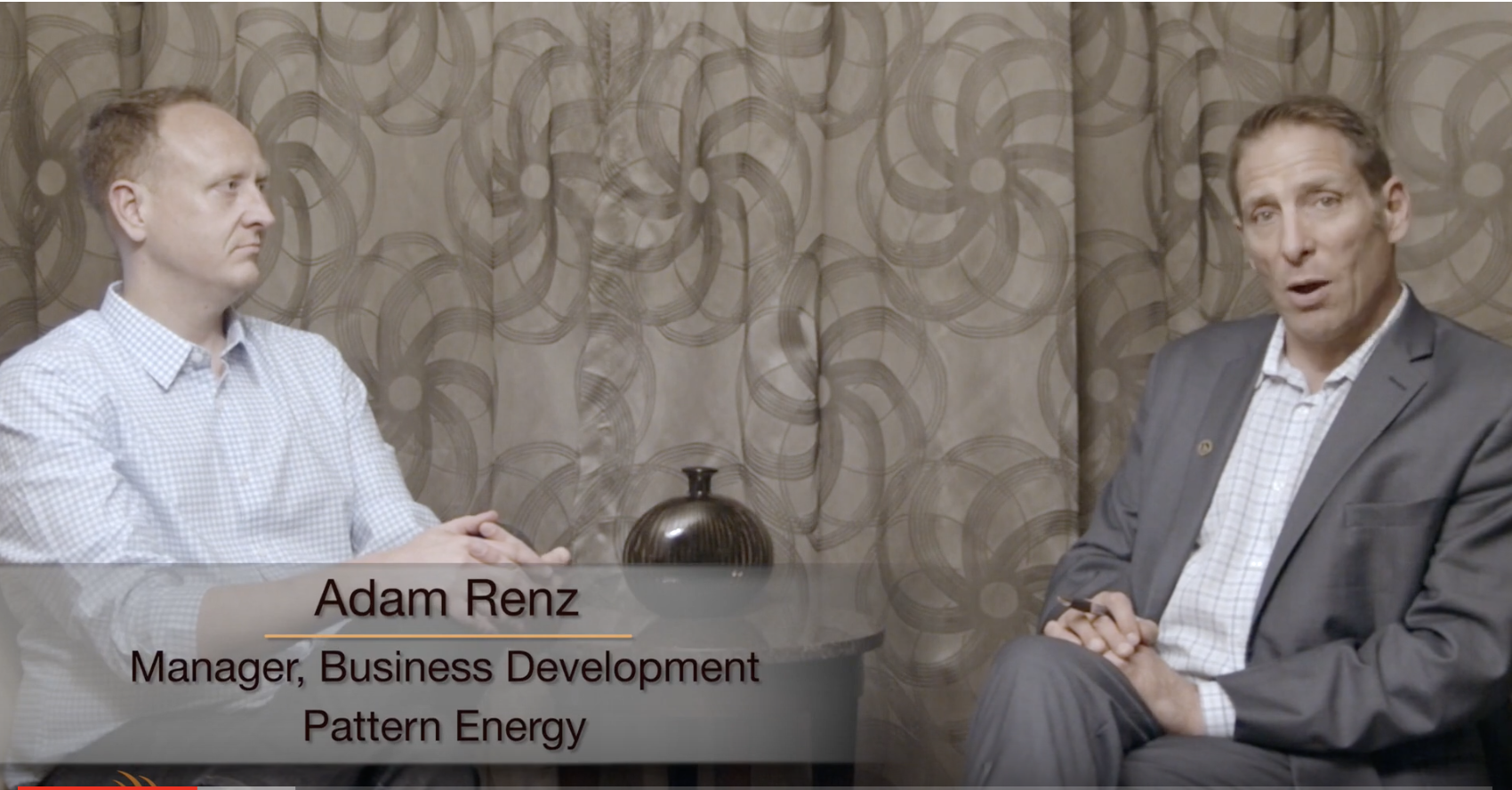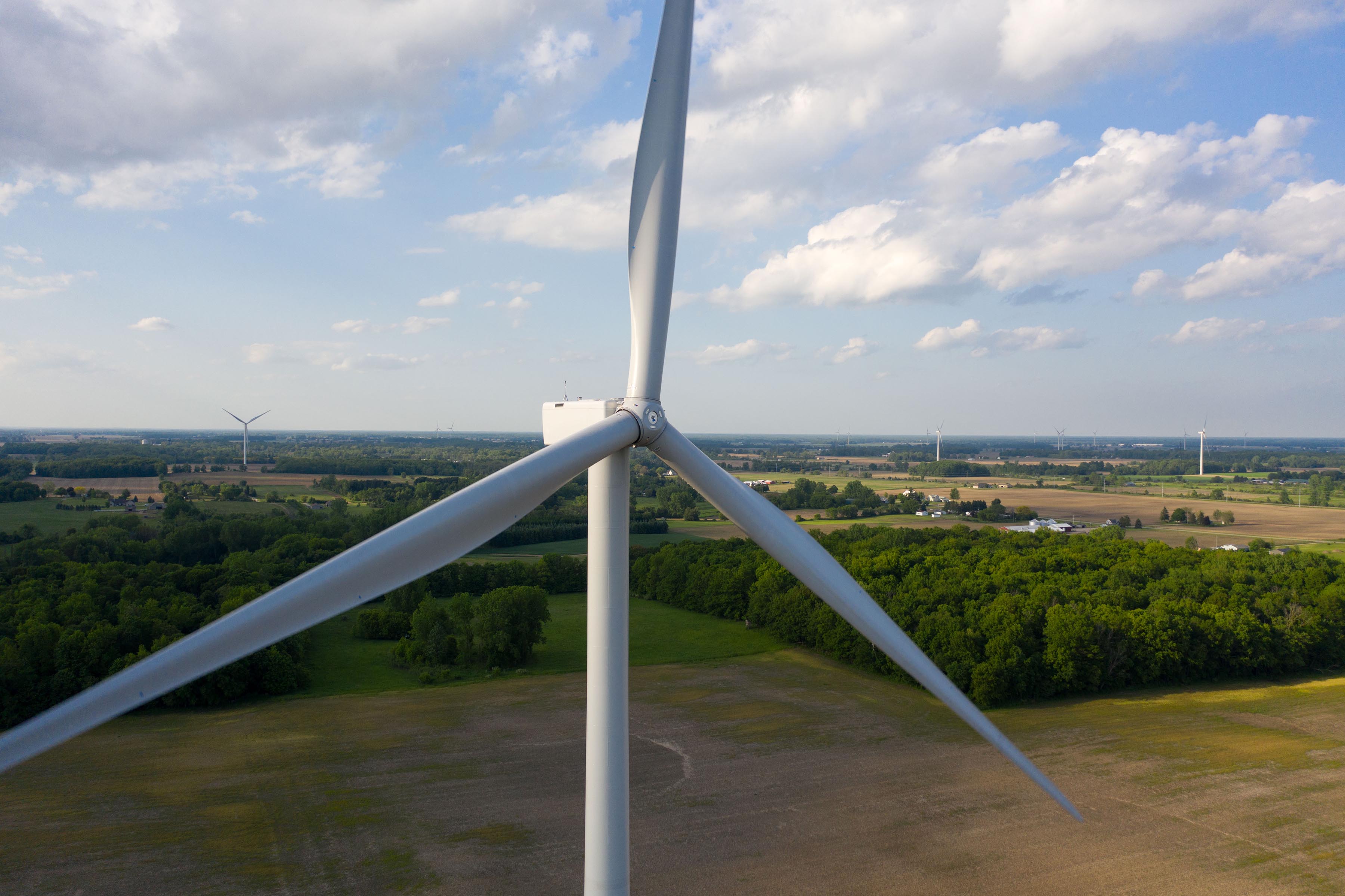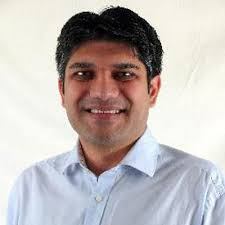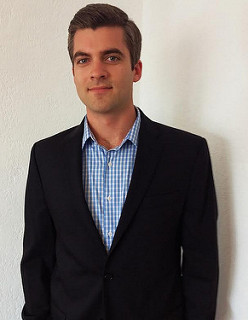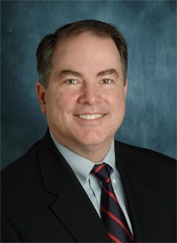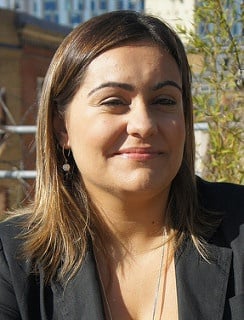Insights
Expert Interviews
As promised, we have a Part II with the brilliant Tom Starrs. Tom’s interview was so rich in information on cleantech government affairs and communications that we split this episode into two parts.
Continue Reading#Cleantechers –
Ever started a book that was so interesting, you couldn't put it down? There are people like that, too. And a delightfully large number of them work in a clean economy.
Tom Starrs is one of those.
On Scaling Clean, we typically interview CEOs, investors, and external advisors to companies. Today we're interviewing somebody who has not only been a CEO, he’s also advised other CEOs on marketing and public affairs. This is something he continues to do at his present employer, EDP Renewables.
Continue ReadingAs we mark the one-year milestone of the Inflation Reduction Act, resistance to the clean energy shift is arising, significantly propelled by a gas industry uninterested in us taking its market share.
Among the nine big barriers to the clean energy transition, many see permitting as a first among equals.
I saw this as an ideal moment to talk to a long-time ally and fellow traveler, Dahvi Wilson.
In our podcast, Scaling Clean, we seek usable insights on building and running successful companies from the cleantech CEOs, investors and the people who advise them. Our RE+ interview with EDPR’s Tom Weirich didn’t fit our usual format (only 15 mins), but it sure was fun. Tom’s written what I’m confident is the first history of cleantech history. “We Took the Risk” profiles “OCs,” (“Original Cleantechers”), men and women who were real pioneers whose shoulders we’re all standing on in our work today. For us, though, the book’s subtitle is key: “The stories behind the early risk takers in the U.S. Renewable energy industry and the leadership traits that made them a success.” [Emphasis added].
Here are the qualities Tom noticed these OCs shared:
- Be the First
- Audacity
- Curiosity
- Connector
- Adventurous
- Foresight
- Adaptable
- Grit
- Enterprising
- Social entrepreneurship
- Servant leadership
- Innovation
- Persistence
Digital Solutions for Securing Community Acceptance of Wind Energy – With Will Eberle of E.ON North America
This article was updated in June 2022 to reflect new developments in the industry.
Continue ReadingThe traditional, conventional wisdom in business marketing is to ignore competitors. “Don’t give them oxygen.” But that’s wrong, according to Duke University marketing professor Dr. Keisha Cutright. Dr. Cutright’s research, first covered by NPR’s Planet Money, shows that companies who compliment competitors actually improve customer perception of their brands. In other words, the complimenter gets the credit from customers.
Continue ReadingWhy Steer Into Rough Seas? Interviews With The Experts: Kris Ohleth
As part of our series of interviews with people leading community engagement for the U.S. offshore wind industry, we're delighted to have our friend, Kris Ohleth, join us.
Continue ReadingAs part of our interview series with Offshore Wind’s (OSW) community engagement leaders, we were thrilled to talk with Ashley McLeod. A former executive with the Virginia Maritime Association, a former school teacher and a past school board member. Ashley’s combination of experience has given her an unusually deep understanding of how a local community makes decisions. That’s serving her well in her current role as Director of Stakeholder Engagement for Avangrid Renewables’ Kitty Hawk Offshore Wind Project.
Continue ReadingThe solid reception to our talk at the 2019 Offshore Wind Conference inspired us to stay focused on the topic of best practices for offshore wind developers in their community engagement efforts. We followed the talk with the first analysis of current and recommended practices: “Why Steer Into Rough Seas? Helping Help Offshore Wind Avoid Community Acceptance Problems.”
Continue ReadingNancy Sopko doesn’t currently drive community engagement at an offshore wind company. But we had to include her in this series for a number of reasons, not the least of which is because as the head of the University of Delaware’s Special Initiative on Offshore Wind, Nancy (who is the successor to the legendary Stephanie McClellan) has achieved a unique, sector-wide perspective on how offshore wind development is scaling in this market. Also, Nancy and Stephanie are both veterans of the offshore wind sector and were part of a small group of early players who cleared barriers to aid in the successful launch of U.S. offshore wind development.
Continue ReadingThanks for a fun conversation with Marie Brugquist, Ryan Suchsland and Conner Allen of GRNE Solar. Hat’s off to this regional solar installation company that’s leaning into providing insightful content to its prospects.
Continue ReadingWe had a fun talking with Benoy Thanjan of the Solar Maverick Podcast. We covered a huge range of topics, but the highlights of the conversation that clean economy sectors might find useful were:
Continue ReadingOffshore wind communicators, community engagement leads and supporters: Have you had a question to ask offshore wind editors? Now’s your chance.
Tune in Wednesday, November 18th as we host three editors of top publications covering the offshore wind sector. This is the first time such a panel has been convened, and Nancy Sopko of the Special Initiative on Offshore Wind and we are honored to moderate it.
Enel Green Power’s Nick Coil: When it Comes to Community Acceptance, Start Using Digital Tools EARLY
Of all the people we’ve interviewed for the Not Just for NIMBY series, Enel Green Power’s Nick Coil has probably spent the most time in rural communities engaged in… well, community engagement. He shared other interviewees’ views on the increasing difficulty of community relations, the dominance of Facebook in rural communities and the criticality of using social media as part of a community relations program. But Nick had some sophisticated observations and tactical recommendations that made this interview particularly useful for other wind IPPs.
Continue ReadingDigital tools can de-risk projects, but, “we have ceded a lot of our thought leadership to folks who oppose us”
Adam Renz is one of a handful of people who have been an institutional communicator at two major wind IPPs – first EDP Renewables, then Pattern Energy. We were excited to tap the perspective of this wind industry veteran, and his thoughtful commentary didn’t disappoint. In fact, it was difficult narrowing our interview with Adam down to three big points.
Adam agreed with others we’ve interviewed on the dominance of Facebook in rural communities, the costs of neglecting social media tools and the ability of negative attention paid to one project affecting the fate of others. However, he had far more to say beyond what we recap below. So we encourage you to read the full transcript of Adams’ comments.
Continue ReadingPine River Wind Park. Credit Mark Houston, DTE Energy.
One of the highlights of our WINDPOWER trade show experience was getting to talk with industry leaders working to secure support in communities with proposed wind farms. As part of our “Not Just for NIMBYs” interview series, we spoke with our first IOU leader, DTE Manager of Renewable Energy Development Matt Wagner. His company has gone from one of the most coal-intensive utilities to one that’s leading the way to a clean energy future. DTE has developed, owns and operates over one gigawatt of wind energy, and it recently committed to an 80% reduction in its corporate carbon footprint.
Continue ReadingDavid Briggs has long-standing experience in the solar industry, including three years at a cleantech communications firm and three years as Marketing Manager at microinverter manufacturer Enphase Energy. Briggs now works as Director of Marketing at mounting systems provider IronRidge. Recently, Briggs took a few minutes from his busy schedule to talk to us about an important topic for the solar industry: how best to engage and market to your customer base, and ultimately to "truly out-compete traditional energy." We greatly appreciate Briggs' insight-filled responses to our questions.
Continue ReadingBy Mark Sokolove, Executive Vice President of Tigercomm
Continue ReadingThis past September, Tigercomm President Mike Casey interviewed former “super lobbyist” Jack Abramoff. Whatever else you think about him, the fact is that Abramoff knew the business of Capitol Hill influence peddling inside-out. What Abramoff said to Casey was that the fossil fuel industry is deadly serious about this game, and that the clean energy industry needs to fully understand that. Case in point? A new analysis on The Great Energy Challenge blog by Bill Chameides, Dean of Duke's Nicholas School of the Environment. The key takeaways?
Continue ReadingAt Greentech Media, Pulse Energy CEO David Heliwell has some excellent, helpful tips about "cutting through the noise in cleantech." Here's an excerpt.
Continue Reading
We recently hosted Politico senior energy & environment reporter Darren Goode for a Scaling Green Communicating Energy talk. Our first post discussed Goode's estimates of the odds that various pieces of energy legislation will pass Congress and be signed into law. Our second post featured Goode's tips for pitching your energy story to a top reporter like him. Today, we've got Goode's thoughts on how social media - particularly Twitter - is changing the way he reports and informs readers.
The following interview is with Belen Gallego, Founder & Director at CSP Today and PV Insider. Ms. Gallego is also in charge of CSP Today's range of conferences and trade shows, including the upcoming CSP Today 6th Concentrated Solar Thermal Power USA Conference, being held in Las Vegas beginning on June 27-28. For a helpful discussion of CSP, see the National Renewable Energy Laboratory's page on this topic. Also, thanks very much to Belen Gallego for taking time out of preparing for the upcoming conference to provide thorough, detailed responses to our questions!
Scaling Green Question #1: What do you see as the main opportunities and challenges – economic, political, technological, etc. - facing solar power generally, and Concentrated Solar Power (CSP) specifically, in the United States?
Belen Gallego: In order for the CSP industry to further develop, we need to look at resolving a few challenges for sure. Economic challenges aren't a rare occurrence at the moment, unfortunately. In fact, they affect most industries, as they are to a very large extent due to the world financial and economic situation. CSP is a proven, bankable technology, and in normal circumstances it would be possible to finance even large-scale projects.
The biggest technological challenge that we have right now is reducing costs. This is already well under way, as costs have dropped significantly over the past 6 years of plants in operation, although more remains to be done. We need to remember that the rate of cost reduction in CSP is very respectable compared to many other industries. If I remember correctly, 6 years ago we were talking about $4.50 per installed watt for PV and now we are at less than $1.00 per installed watt. This leapfrog type of development does happen, but it needs time and critical mass. Keep in mind that the PV industry had a history of 20+ years before CSP!
The political challenge, which is also a NIMBY challenge, that we face is communication. Renewable energy appeals to the end consumer, as well as to governments, and that appeal makes sense, because to avoid climate change and an uncertain energy outlook, we must develop the right technologies. However, as a niche industry, I believe that CSP isn't doing all we can to communicate the immense value that CSP has for grid stability, for example. It is by communicating the inherent value added of CSP that the technology's full potential and key role to play will be understood.
In the end, I feel that often the greatest challenge is to be patient. Infrastructure projects of this size and complexity take years to come to completion, and for the market to gain gravitas takes much longer. We have come a long way already, and sometimes we forget that the time scales involved makes it difficult as a speculative market. CSP development may be slower, but it is organic and sustainable. You just can't compare the CSP industry with the dotcom boom; it doesn’t work like that.
Scaling Green Question #2: According to a recent article at CSP Today, “Growth in the Concentrated Solar Power (CSP) sector faltered last year as photovoltaic (PV) module prices dropped,” but in the long run “CSP’s ability to incorporate thermal storage and to supplement conventional power generation offers benefits beyond the value of the kilowatt-hours they generate.” How do you see this situation evolving in coming years, and specifically do you believe that CSP will gain on PV in terms of cost competitiveness in the near term?
Belen Gallego: When people ask me this question, I like to compare the Spanish and U.S. markets because I feel that the Spain is a small case study of what will happen in a bigger market like the United States. In Spain, we have a very well-managed national grid, which is relatively modern. We built in 2008-2009 over 4GW of PV, as well as over 21GW of wind capacity as of 2012. The renewable energy electricity production share hovers around 20%. However, what is not widely known is that at certain times of the year, sometimes in the right conditions the share of energy produced from renewables can reach as high as 50%. That amount of peak power is difficult for the grid to integrate, to the extent that plants sometimes need to be disconnected, meaning that the energy is lost because the grid can´t absorb it. It is only a matter of time until the United States has this kind of peak power integration problem, and CSP with storage can really help manage this issue.
Continue Reading
